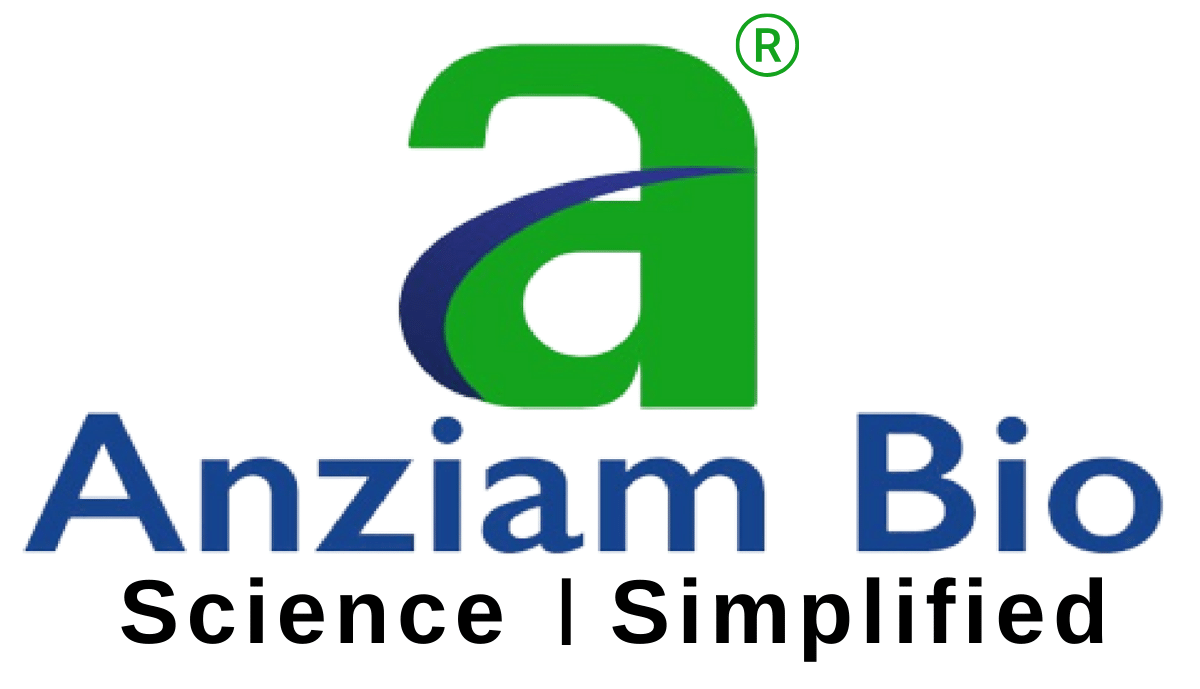Anziam has been producing alginate products since the early 1980s and still alginate is an important product in our business. Alginate clothing is classified as ‘advanced wound care’, a label I am most opposed to so far. How can simple wear be considered ‘improved’ in today’s market? With new and exciting technologies emerging, such as bacteria that swallow nanoparticles or smart wear with nanosensors undergoing healing, surely these types of dressings should be considered advanced and not alginates?
But I recently learned that the reliable wear of calcium alginate is much higher and more advanced than I thought. Search clothing for calcium alginates and almost all sources will explain its long list of properties: highly absorbent, biocompatible, biodegradable, high strength, high fidelity, and low fiber shed. One feature that seems to be missing out on the list despite its haemostatic ability. This is amazing to see as alginate is often shown not only for bleeding wounds, but also for other areas such as the hemostat in dental care or nasal packaging to combat excessive bleeding.
It is important to note how calcium is involved in hemostasis because obesity requires calcium ion (Ca2 +). It is for this reason that blood banks use a chelating agent to bind calcium in donated blood. Without the action of the chelating agent in calcium, the blood will turn into a donation bag.
Haemostasis literally means to stop bleeding. ‘Haem’ refers to blood and ‘stasis’ refers to stopping. I
the process itself is complex and divided into four stages:
- Congestion of blood vessels to reduce blood flow within the first 30 minutes of injury
- Temporary ‘plug’ formation or failure
- Activation of coagulation cascade
- Formation of the last ‘fibrin plug’ or final layer – haemostasis is achieved
Calcium ions are mainly involved in the third stage of coagulation cascade. Ions open up several components that continue to form fibrin clots. For example, calcium ions activate factor VIII to activate coagulation factor VIII (VIIIa), which is responsible for storing energy. A diagram of the simplified coagulation cascade system below shows where calcium is involved in a complex process.
In theory, calcium alginate binding should be able to contribute to the coagulation cycle and ultimately achieve thickening. And this is exactly what is happening. Calcium-rich clothing provides calcium ion to the injury site, which in turn helps to activate the weight-bearing factors in the haemostasis process.
Studies have shown extensively, both in animal models and in clinical studies, that alginate exceeds normal surgical gauze bleeding after surgery and can achieve haemostasis in a rapid rate. The clinical benefits of calcium alginate clothing, as well as their haemostatic effect, can make them ideal for severe and chronic ulcers.
It seems like ‘enhanced’ is the right word to describe alginate dressing!

